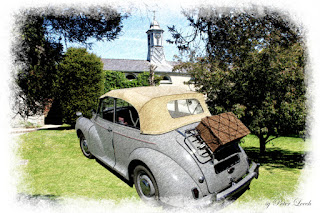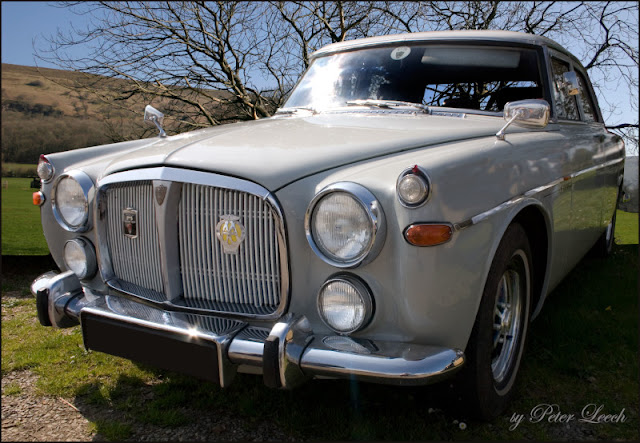This car held some great memories and I thought it was time I shared the story of "everyone's favourite Classic".
Most people know that the car was designed by Alec Issigonis. He had started with Morris in 1935 and began to stand out with his contributions to the Morris 10, which was being developed during the mid 1930s. He specialised in Suspensions, but had wider views on the design of the whole car, especially to use his interest in the design of bodies in the US car industry. He was appointed to run the design dept for designing a new Car for when World War " had finished and there was going to be a growing demand for smaller cars that would be affordable to the massive numbers of servicemen coming back from the fighting.
Issigonis' overall concept was to produce a practical, economical, and affordable car for the general public that would equal, if not surpass, the convenience and design quality of a more expensive car. In later years he summed up his approach to the Minor; that he wanted to design an economy car that "the average man would take pleasure in owning, rather than feeling of it as something he'd been sentenced to" and "people who drive small cars are the same size as those who drive large cars and they should not be expected to put up with claustrophobic interiors.
Issigonis' design included the same ideas he had proposed for the Ten before the war- independent suspension, rack and pinion steering and a unitary body construction. In fact, Nearly every feature of the Minor served the joint aims of good handling and maximum interior space. For example, Issigonis specified 14-inch (360 mm) wheels. These small wheels reduced intrusion into the cabin space.
Before the car could go into full production and sale, the name was changes. It had been known as the "Mosquito" project, but it was changed to that of an earlier Morris car - the Minor. The design of the Minor was being changed right up to the very last minute. It was a very late change from Issigonis to cut the car body down the middle and insert a 4 inch strip so that it looked more squat. In fact the earliest cars had this metal strip and it was even added to the very front where the chrome bumpers had to be cut and a 4 inch plain metal strip separated those two half bumpers.
Flicking "Semaphore" indicators stood out from the door pillars and weren't replaced by small indicator lights until 1961. By then the Series 2 had come onto the scene. This had a lot of changes that essentially came down to replacement of Specific Morris parts with their equivalent Austin parts to get greater economies of scale and keep prices down. This was in the time of British Motor Corporation management.
The series 3 was produced after 1956. This was known as the Minor 1000 because of the bigger engines that were by then being used as the Country got a better and faster road network. This also had a single wrap around windscreen which gave it a much needed modern look. It was still a very popular car in Britain and around the World. By 1960 the millionth Morris Minor had been built and this led to a Special Edition of 350 two doors called the Morris Minor Million.
Changes were still made to the Morris Minor throughout the 1960s but its popularity as a new car was now definitely on the wane. It had started to lose money on each car made. in 1971 production finished.
Nowadays there is a thriving Classic Car interest in the Morris Minor. Sales are still strong, even amongst younger drivers. Its simple mechanics means that it can still be kept running by the amateur and its simple feel is just what a lot of people - tired of the latest gadget filled cloned cars - want to make driving the pleasure it one was.



















